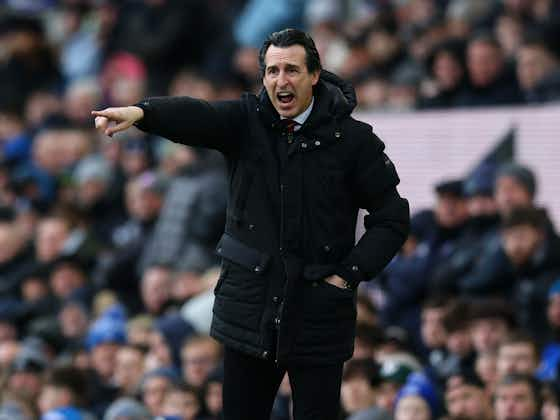EPL Index
·24 de setembro de 2025
Journalist: Inside Monchi’s Aston Villa exit and what it really means for Emery

In partnership with
Yahoo sportsEPL Index
·24 de setembro de 2025

When The Athletic reported that Monchi had left Aston Villa, the reaction around the club was one of shock, though hardly of surprise. His exit, less than two months into the season, comes after a transfer window described by staff as “chaotic” and a start that has seen Unai Emery’s side collect just three points from their opening five matches.
The sporting director role is one that attracts scrutiny in any Premier League club, but even more so when the manager is Emery, a coach renowned for demanding control of footballing decisions. As one figure who worked closely with Monchi put it, “His name is above the door.” The implication was clear: whatever the complexities behind the scenes, recruitment outcomes would ultimately be judged as his responsibility.
The summer transfer window felt messy from the outset. Financial restrictions under UEFA’s new rules forced Villa to reduce their wage-to-revenue ratio, while also staying within the Football Earnings Rule. These constraints created limitations that many staff believed affected the calibre of players the club could realistically pursue.
The Emiliano Martinez saga was emblematic of this chaos. According to The Athletic, “Martinez ended up waiting at the training ground on the final day in a desperate bid to force a move to Manchester United.” Villa had already lined up Mark Flekken as his replacement, but when the Argentina international’s transfer fell through, the opportunity to sign Flekken also slipped away.
There were further frustrations, with Emery pushing for Lucas Paqueta while the club eventually secured Harvey Elliott instead. The mood at Bodymoor Heath grew tense as deadline day approached, and the sense of disarray carried into the new campaign.
One of the striking aspects of Villa’s current set-up is the concentration of power around Emery. Monchi, who previously thrived at Sevilla with greater autonomy, was largely tasked with facilitating Emery’s choices rather than shaping the squad independently. He had outlined four objectives when he arrived in 2023: “First, to find a solution for the PSR. Second, to have a younger squad. Three, to have a deeper squad. And the fourth is to be aligned with what Unai wants.”
The last of those points proved decisive. At Sevilla, the balance between manager and sporting director was more even, helping them to secure three Europa League titles in as many seasons. At Villa, Emery has the final say. Monchi’s role became that of an enabler, and when results faltered, the strain was inevitable.
The Athletic highlights that Villa remain at risk of breaching UEFA’s 70 per cent Squad Cost Rule. Senior figures acknowledged that sales were required, with Jacob Ramsey’s departure described internally as a “needs must.” Yet despite 28 signings since Emery’s appointment, the starting XI has not changed dramatically, with nine of the team that drew against Sunderland pre-dating his arrival.
Players and staff alike sensed the need for renewal. Some even admitted privately that “they have spent all this money and have nothing to show for it.” Without meaningful turnover, the squad looks stale, a point compounded by Villa’s faltering early-season performances.
Roberto Olabe’s swift arrival suggests Villa were already planning for Monchi’s exit. He is a figure known to Emery, which may help stabilise the structure. But the question persists: should a sporting director be aligned so closely to the manager, or should the role maintain greater independence?
Monchi was liked and respected at Villa. Colleagues praised his character and spoke of their sadness at his departure. Yet his time in the Midlands underlines the challenges of working within Emery’s orbit, where all roads ultimately lead to the manager.
Credit to The Athletic for providing detailed reporting on this story, which has illuminated the financial, structural and personal elements behind Monchi’s departure. For Villa, the upheaval may be significant, but Emery remains the central figure, the one entrusted to transform both mood and results.






























































